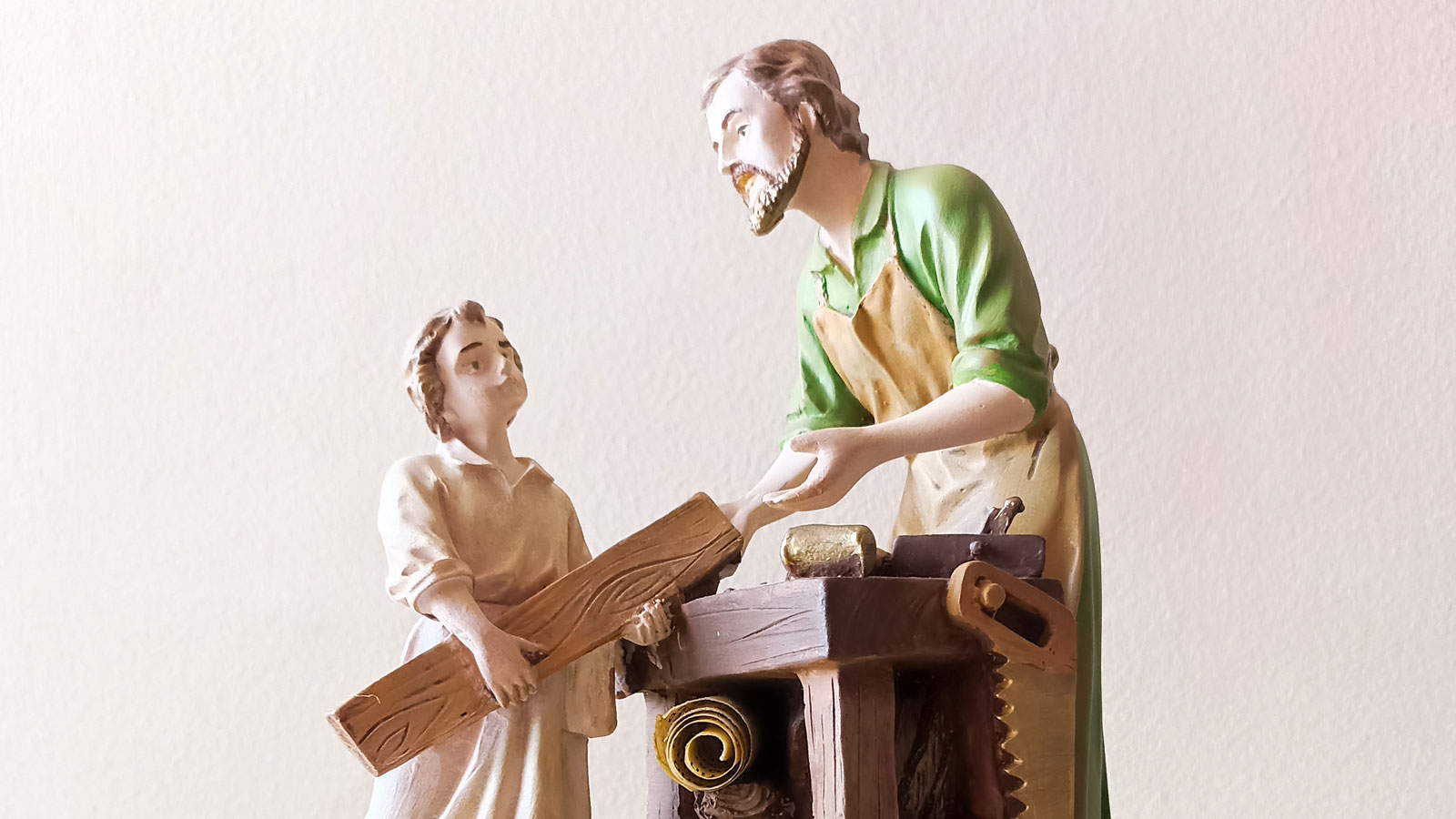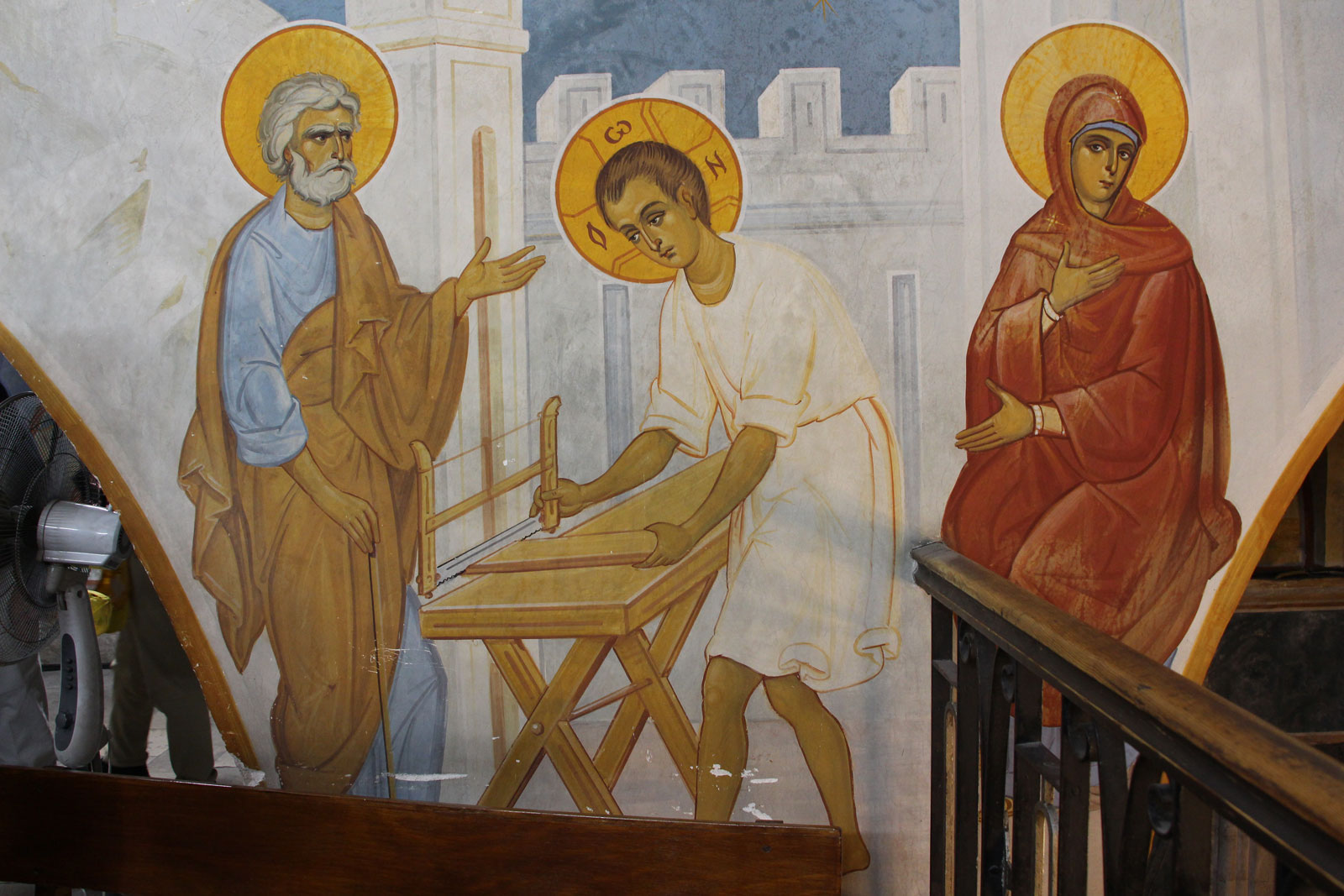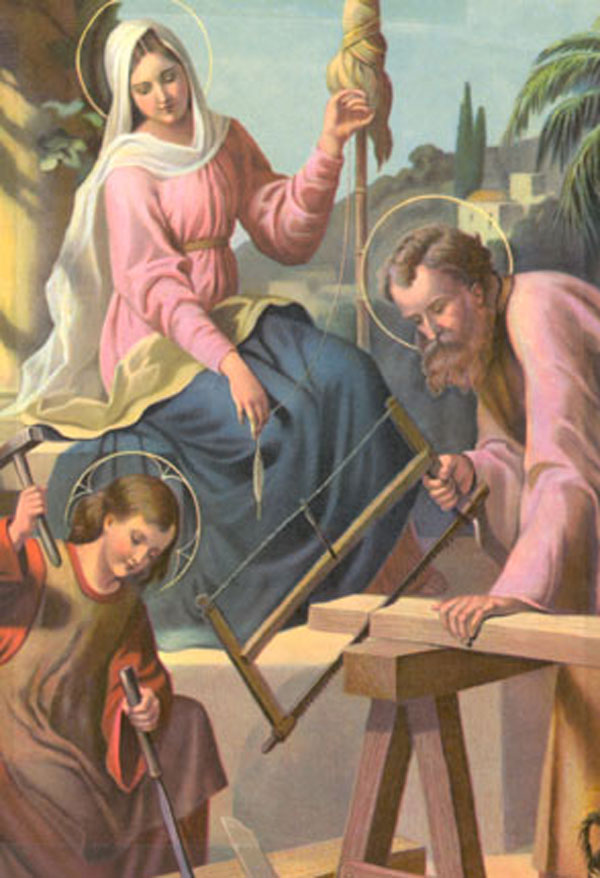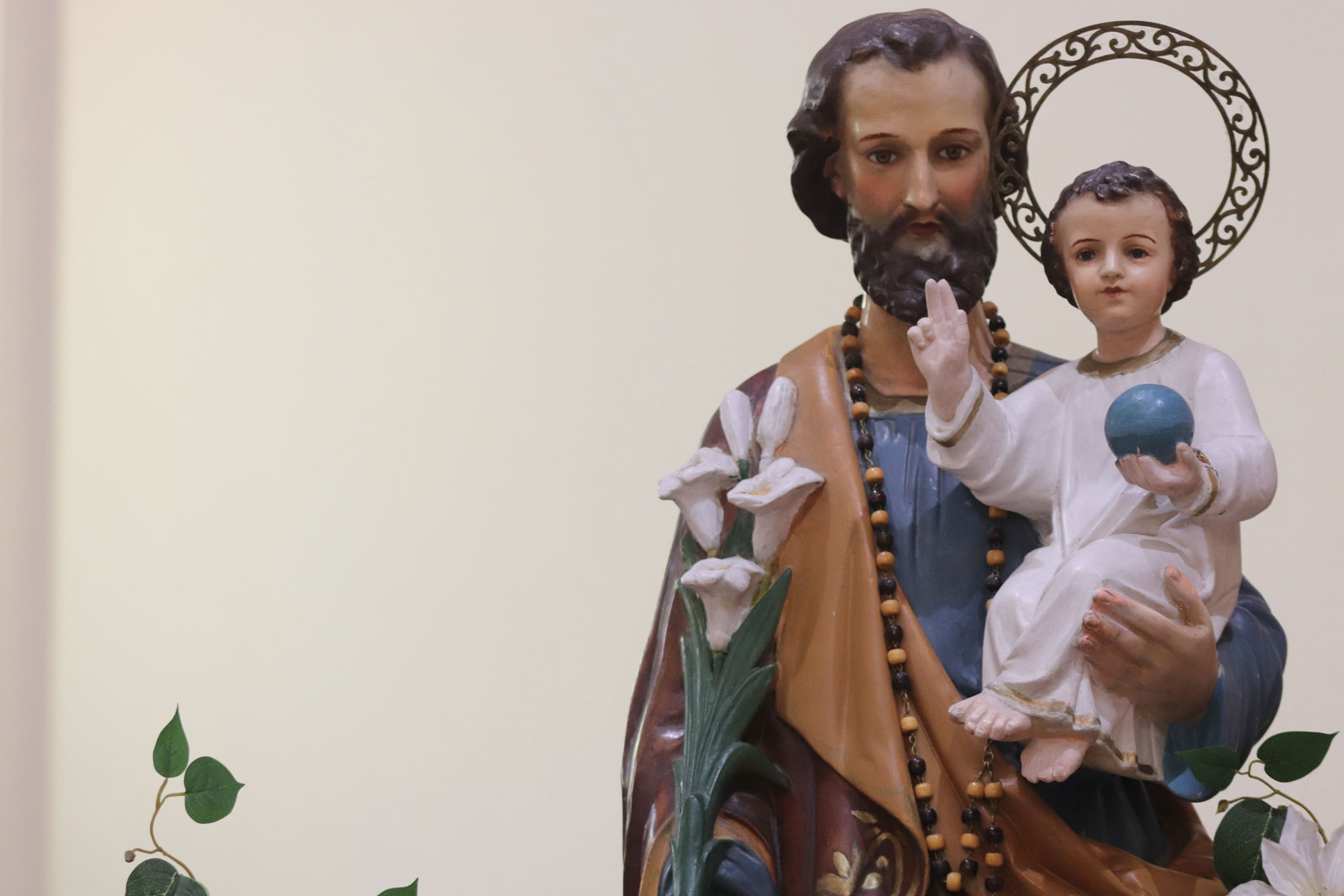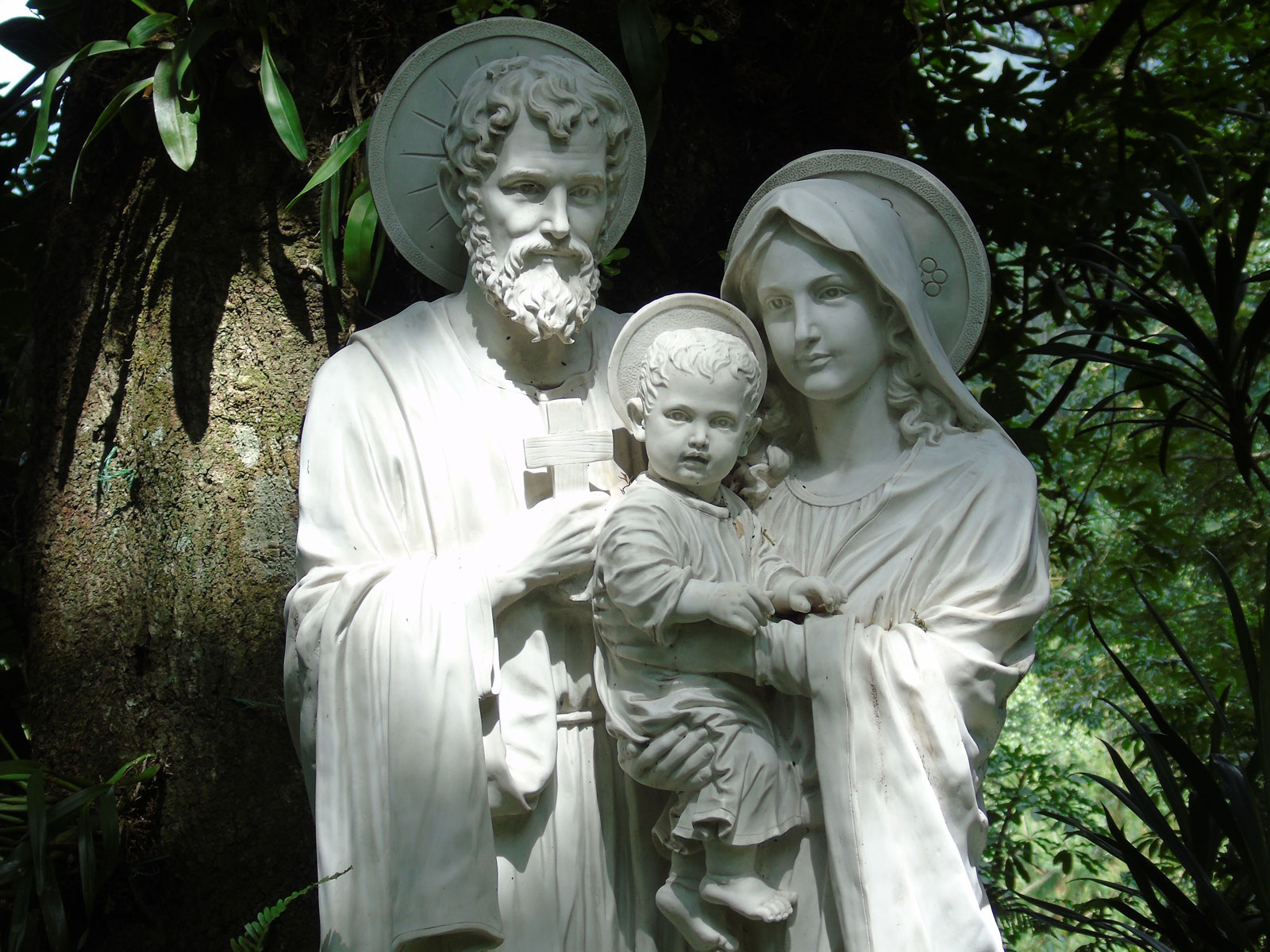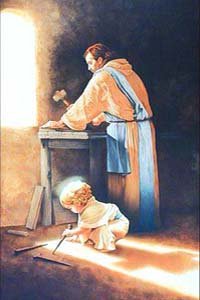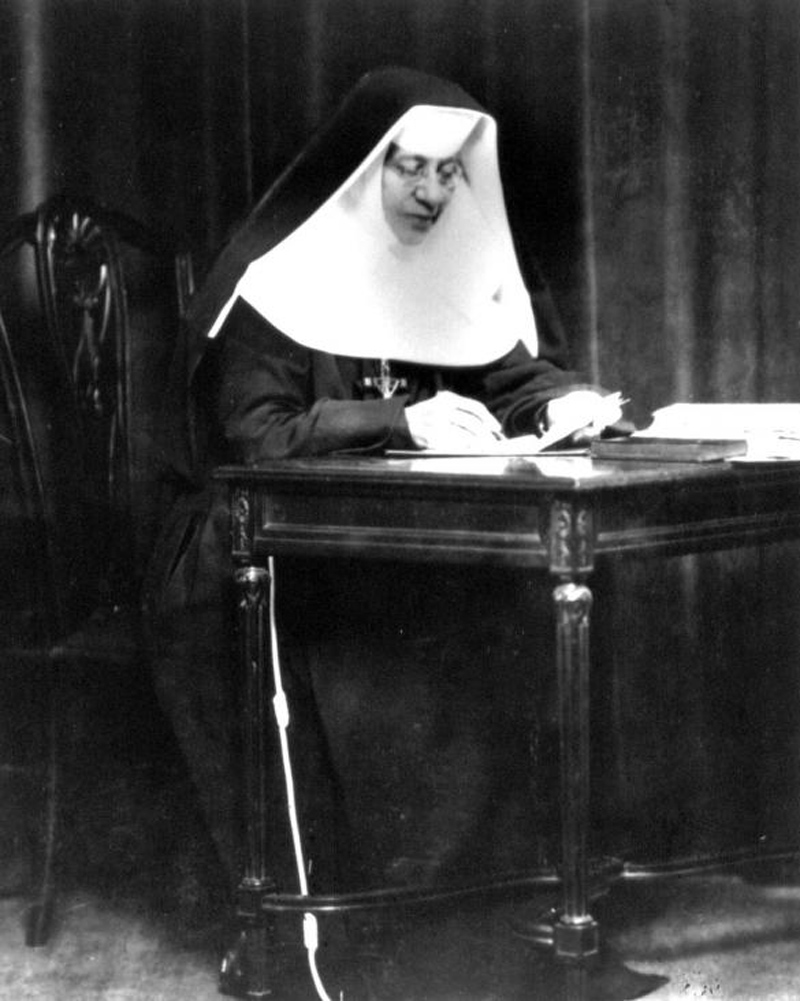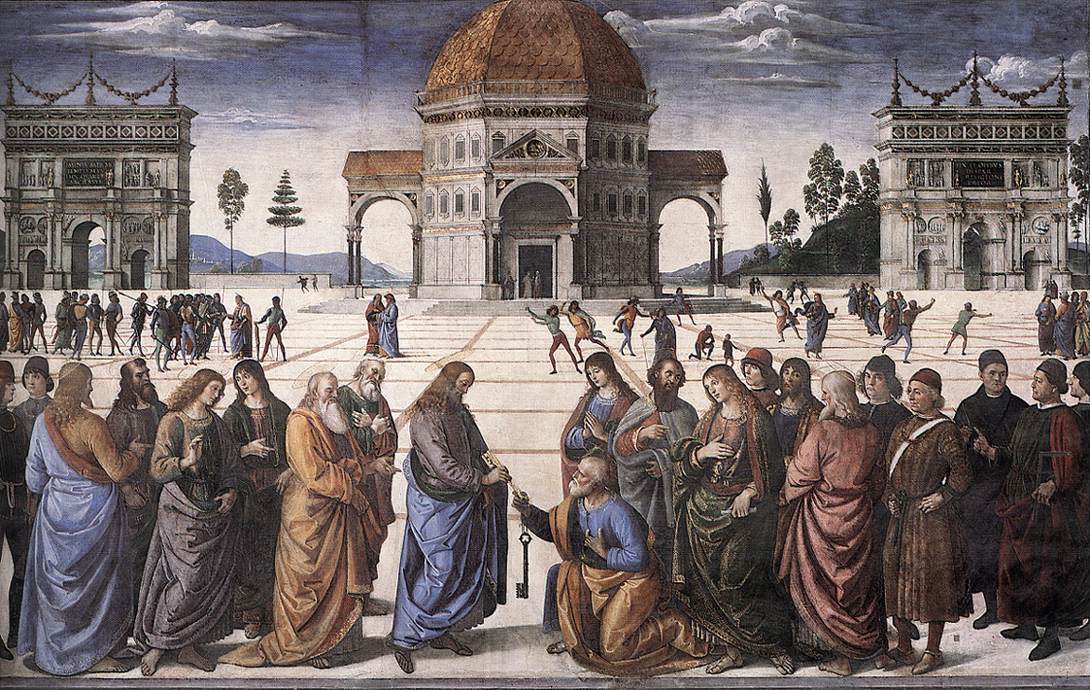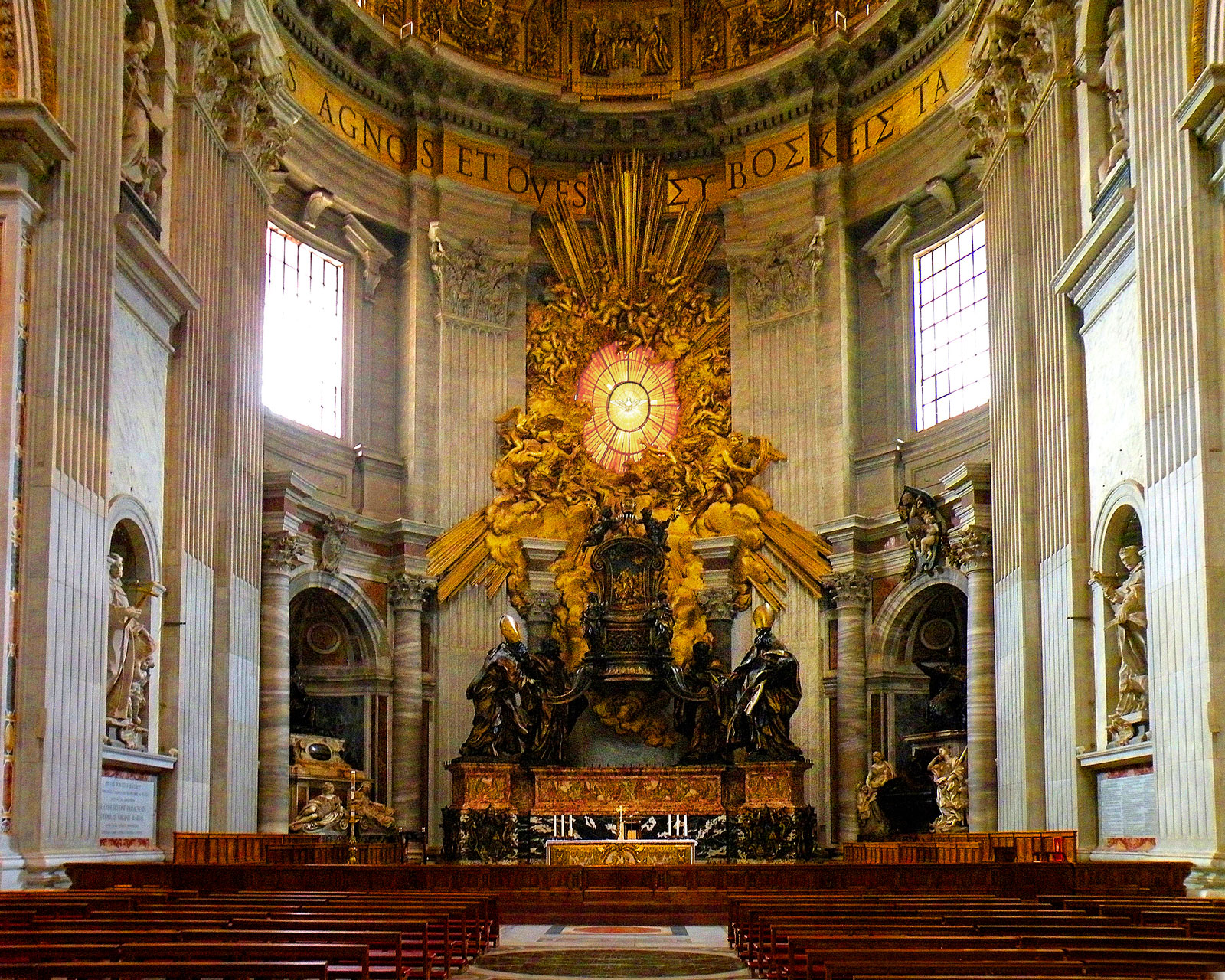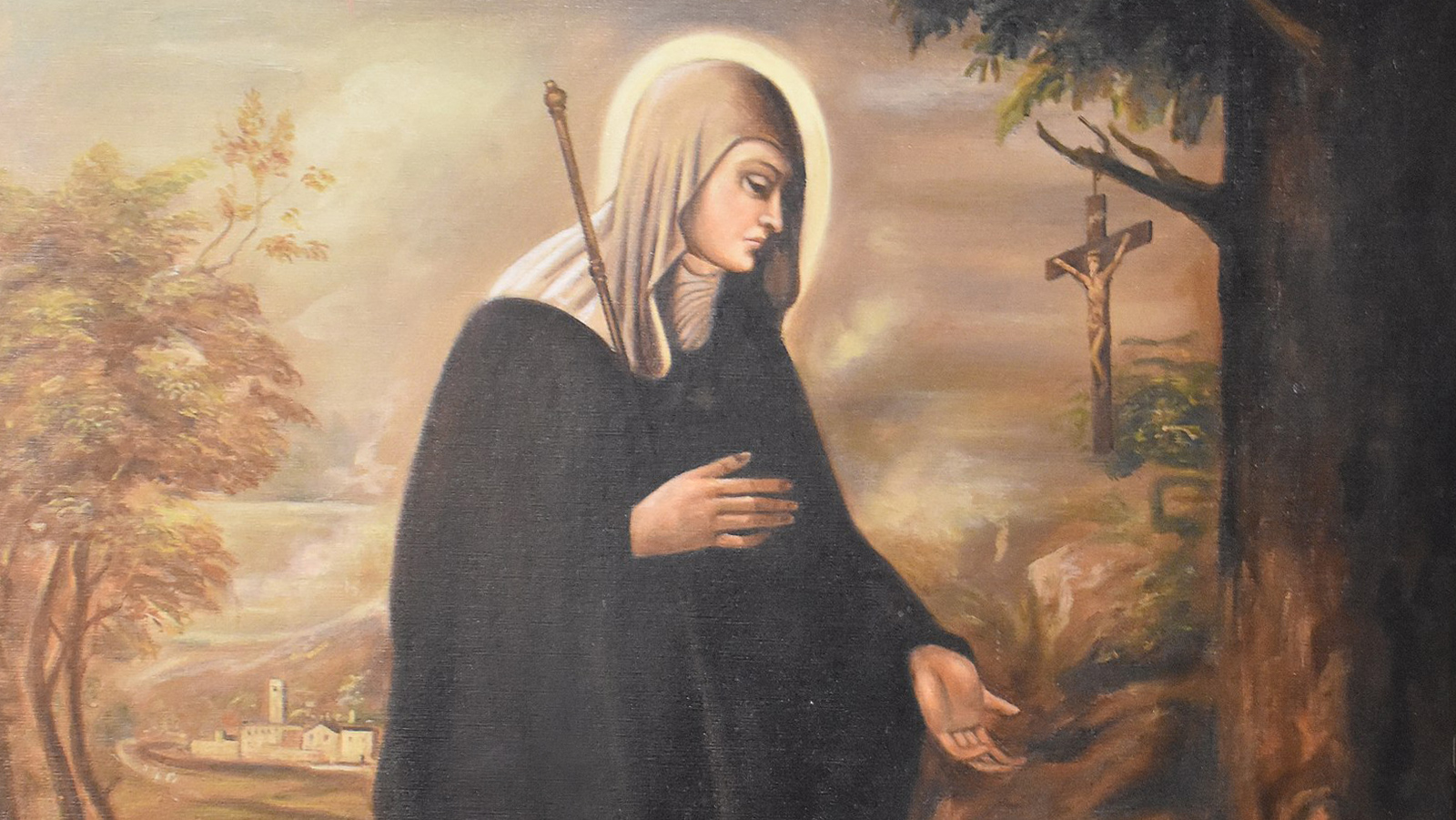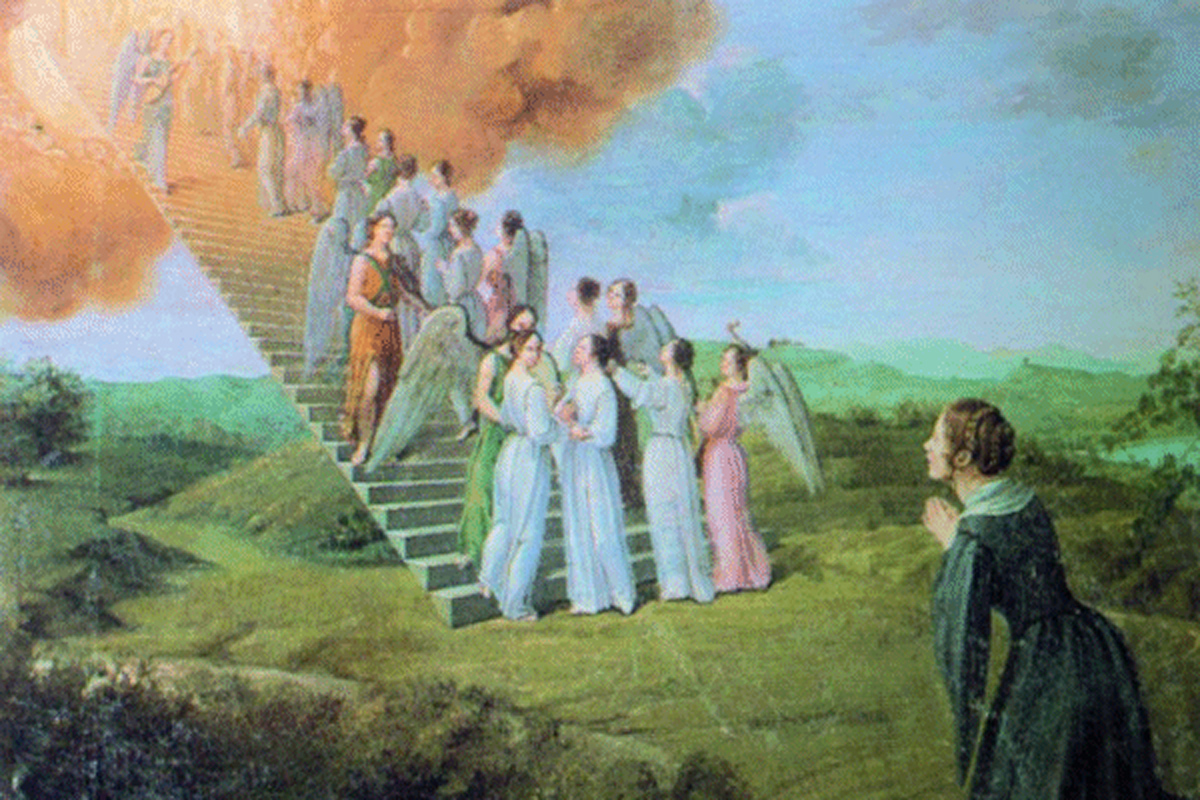St Kateri Tekakwitha is the first Native American saint. Following a petition by 906 Native Americans and two certified miracles, she was beatified by Pope John Paul II in 1980 and canonised by Pope Benedict XVI in 2012.
Early Loss
Born the daughter of the Mohawk chief Kenneronkwa and Algonquin Christian lady Kahenta in 1656, she lost her parents and baby brother to smallpox when she was only four years old. The disease scarred her face for life and partially blinded her.
She was adopted by her uncle, who was a chief of the Turtle Clan. As Mohawks, they were members of the Iroquois Confederacy, known as the Six Nations. After the epidemic, they established a fresh settlement in New York, called Caughnawaga: “place of the rapids”. The girl was named Tekakwitha, meaning “she who bumps into things”.
Mortal Danger
French colonists – allied with the Huron, who were enemies of the Iroquois – attacked the Mohawks, attempting to capture territory to expand their fur trade. They burned three villages, destroying their crops. Aged ten, Tekakwitha escaped into the wintry forest with her relatives.
Defeated by the French, the Mohawks were forced into a peace treaty. One of the conditions was that Jesuit missionaries could enter their villages. The Jesuits studied native languages and customs so that they could explain the faith to the Mohawks in terms they could understand.
The eleven-year-old Tekakwitha met three Jesuit missionaries, who introduced her to the faith. Her uncle disapproved, as one of his daughters had become Catholic and left the village to join a Catholic mission near Montreal, called Kahnawake, a variant of Caughnawaga.
Acts of Mercy
During the summer of 1669, the Mohawks managed to repel a sudden dawn invasion by several hundred Mohican warriors. Thirteen-year-old Tekakwitha joined other girls assisting Fr Jean Pierron in tending to the wounded, burying the dead, and bringing refreshments to their defence force.
The Mohawks tortured captive Mohicans before executing them. Fr Pierron begged them to stop the torture but was ignored. He imparted the faith to the Mohicans and baptised them before they died. Tekakwitha observed his example of mercy.
Familial Expectations
When she came of age at thirteen years old, Tekakwitha’s aunts expected her to marry, as was the custom. However, Tekakwitha had no desire for an earthly marriage, and resisted their matchmaking efforts for four years. Her aunts punished her with heavy workloads and much scolding, but she quietly persisted in her own way until they left her alone.
In the spring of 1674, the Jesuit priest Fr Jacques de Lamberville came to their village. Tekakwitha had injured her foot and was not with the other women harvesting corn. She expressed her deep desire to become a Christian, and Fr de Lamberville began to catechise her.
Fr de Lamberville observed that Tekakwitha was a mild-mannered young lady who strove to lead a virtuous life despite the difficulties and opposition she encountered among her community. After several months of instruction, he deemed that she was ready to enter the Catholic Church.
On Easter Sunday 1676, Tekakwitha received the sacrament of Baptism, taking St Catherine of Siena as her patroness. Her relatives were sorely disappointed with her choice and began to shun her. Some Mohawks falsely accused her of sorcery, and she could no longer rely on her uncle’s protection. Six months after being baptised, Kateri journeyed to the Jesuit mission of Kahnawake, where other native converts had settled.
New Friends
Kateri made her new home in the same longhouse as her older adoptive sister, who was married. Her mother’s close friend Anastasia Tegonhatsiongo was the clan matron and took Kateri under her wing. The Mohawk ladies at Kahnawake taught Kateri the customs of Catholicism; the French missionaries were busy with other duties. The missionary Fr Pierre Cholenec wrote: “All the Iroquois who come here and then become Christians owe their conversion mainly to the zeal of their relatives.”
Another new friend for Kateri was Marie-Thérèse Tegaianguenta. They prayed together, and longed to form a religious order for native women, but the Jesuits discerned that they were yet too “young in faith” to found a sustainable group.
Kateri often fasted and performed various penances, praying diligently for the conversion of her relatives back in Caughnawaga. Anastasia encouraged her in this practice, but Kateri was so zealous that her poor health worsened. Fr Claude Chauchetière intervened, explaining that penance is meant to be done in moderation.
In 1680 during Holy Week, the 24-year-old Kateri became very ill. On Holy Wednesday around 3 p.m. – the Hour of Mercy – she died in the arms of Marie-Thérèse after receiving the last rites from Fr Cholenec. Her last words were: “Jesus, Mary, I love you.”
The villagers reported that upon her death, Kateri’s scarred face became smooth and radiant. In the weeks afterward, Anastasia, Marie-Thérèse and Fr Chauchetière saw visions of her. She told Marie-Thérèse: “I’ve come to say good-bye; I’m on my way to heaven.”
Within four years, people began to come to the chapel near Kateri’s grave on pilgrimage, seeking her intercession. The miracle which led to her canonisation was the 2006 healing of a young Native American boy from a flesh-eating bacterium.
Life Lessons
From Kateri’s example, we can learn to be firmly devoted to God, even when the people around us think we are being silly. She is the patron saint of people ridiculed for their piety, along with those who are orphans and exiles.
Despite her youth and early trauma, Kateri found faith, hope and joy in our Father in Heaven, Who provided her with the friends and mentors she needed to continue on her path of virtue. Let us also seek out communities where we can be supported in our faith and morals, particularly in the face of modern temptations and ideologies. Also, like Kateri, let us pray for our loved ones to encounter Christ and be conformed to Him.
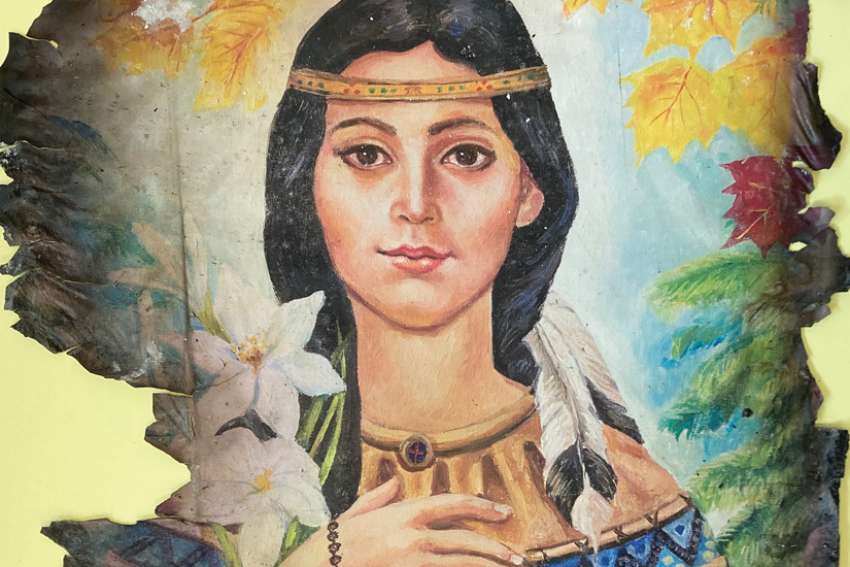
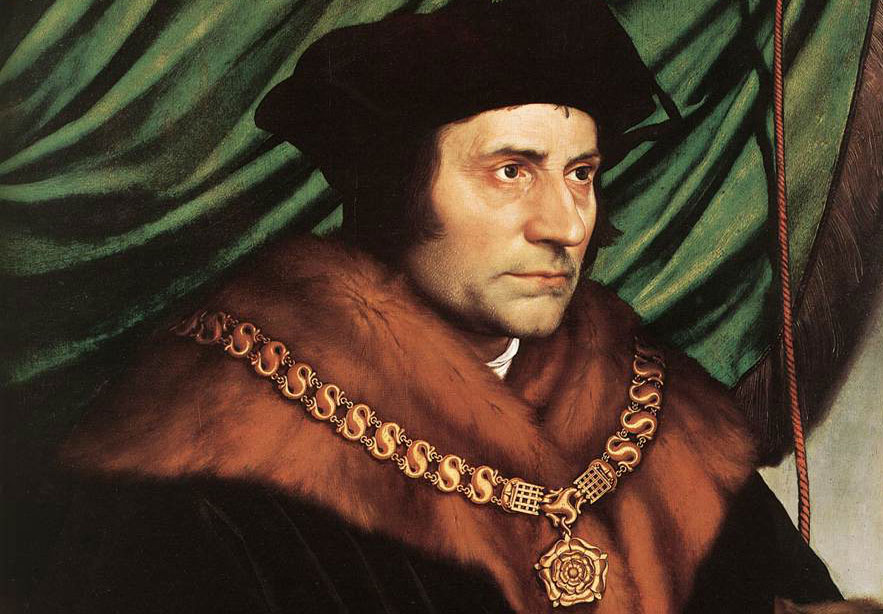

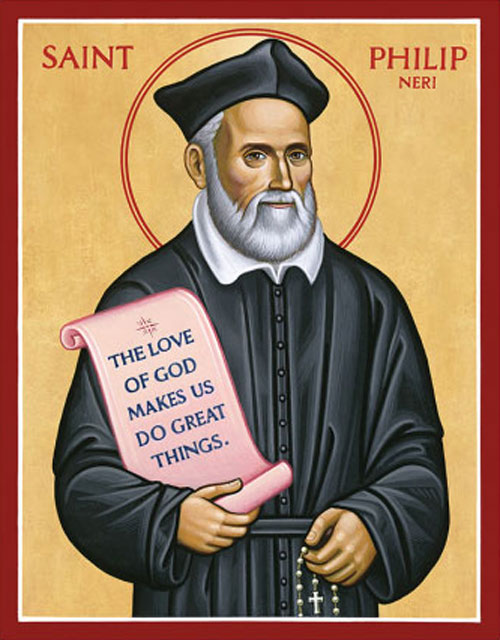
 Fr Philip became so popular that he was accused of creating his own sect. Thankfully, he was cleared of this false allegation. He was aware of how people were setting him on a pedestal, and took steps to dispel their adulation of him, doing all sorts of silly things to emphasise his humanity and make others stop venerating him as a living saint. He wanted all their attention and the glory to be directed to God alone.
Fr Philip became so popular that he was accused of creating his own sect. Thankfully, he was cleared of this false allegation. He was aware of how people were setting him on a pedestal, and took steps to dispel their adulation of him, doing all sorts of silly things to emphasise his humanity and make others stop venerating him as a living saint. He wanted all their attention and the glory to be directed to God alone.